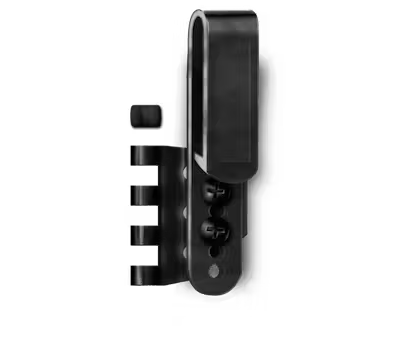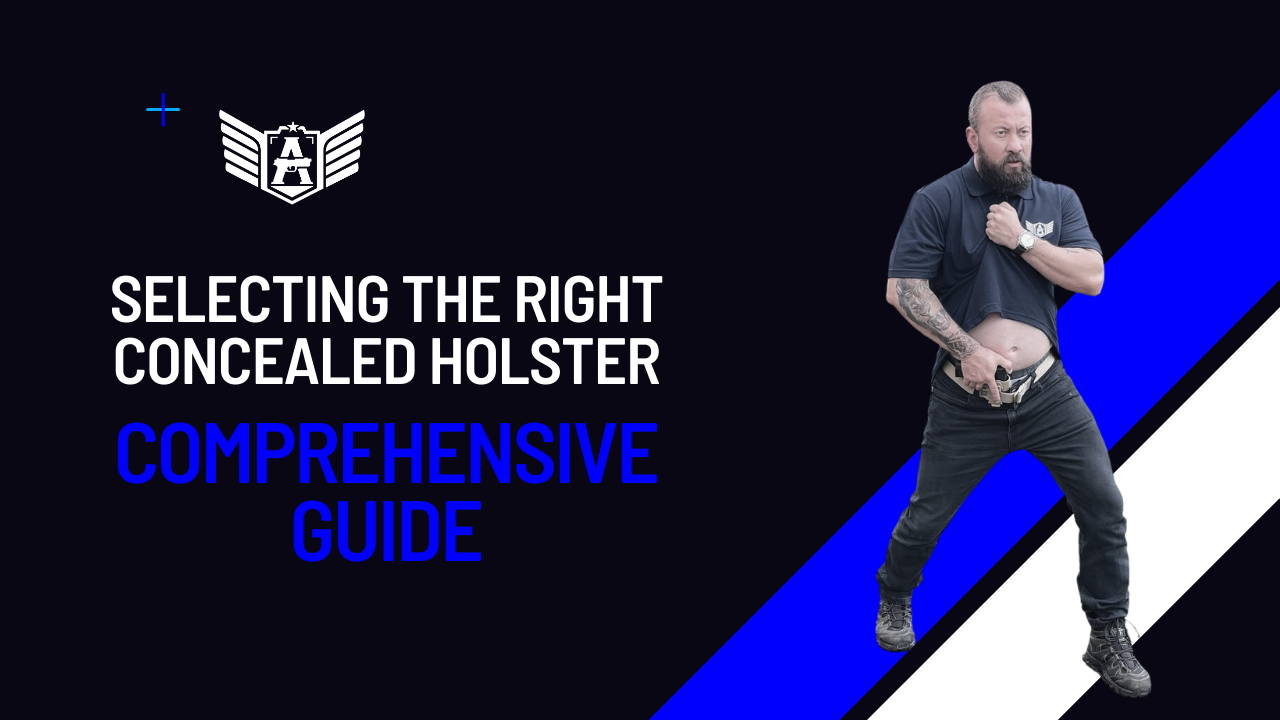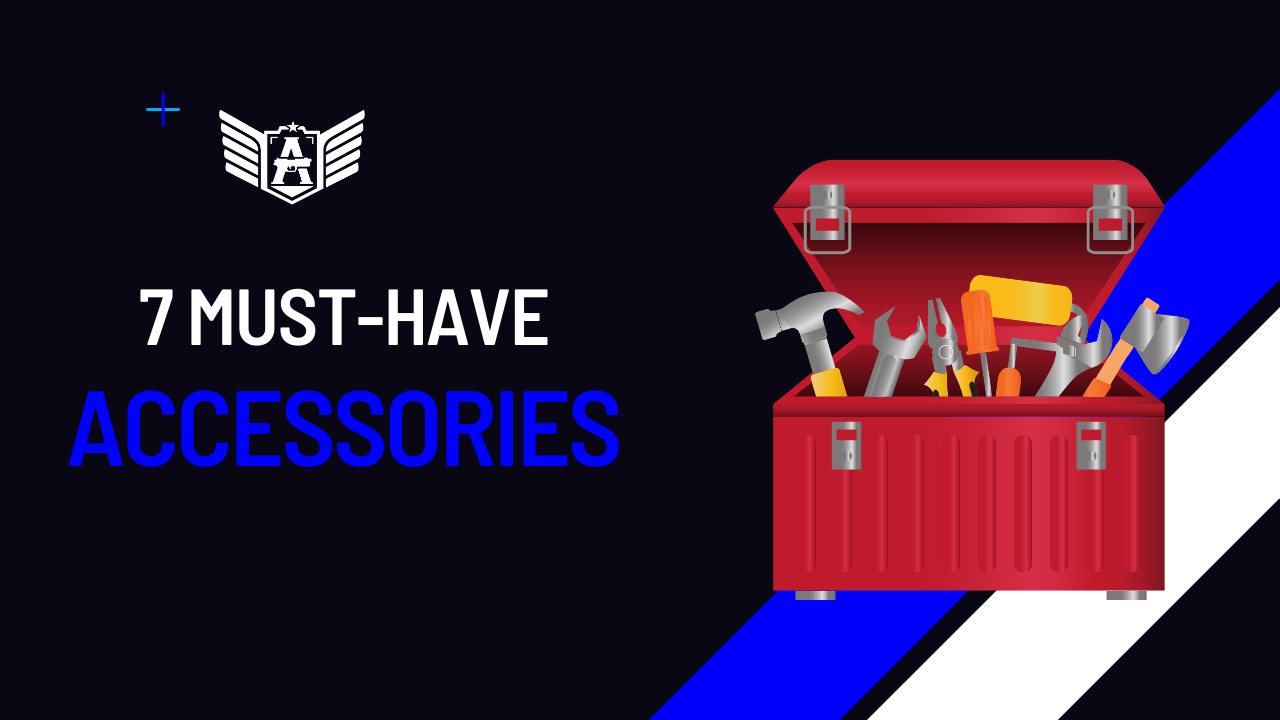
The holster is the tool responsible for ensuring the availability of a pistol when its user needs it most. It should have characteristics that allow for secure carry, comfort, and quick draw.
When choosing a concealed carry holster, I recommend evaluating the following features:
- Safety: Ensure that the holster is rigid: materials like Kydex and injected polymer ensure that the holster will not change its shape, which would increase the risk of accidental discharges or loss of retention.

- Trigger Guard Coverage: The holster should cover and protect the entire trigger and trigger guard area. A holster without this feature should be promptly discarded.
- Comfort: Carrying a firearm will never be as comfortable as not carrying one. However, it’s worth choosing holsters that do not make this task even more difficult. Comfort is highly individual and depends on body composition and clothing, so don’t hesitate to try out various models.

- Clip: Clips are responsible for securing the holster to the belt (yes, to the belt, do not use a holster without a belt, for the love of God) of the shooter. Poor clips can lead to the disastrous situation of the holster coming off with the gun during the draw. Ensure that the clip is compatible with the size of your belt. Very wide belts may not allow the clip to attach securely enough.
- Retention: It is important that your firearm is perfectly secured in the holster. Concealed carry holsters do not use locking systems except for the pressure of the holster itself on the firearm, so make sure that this pressure is sufficient so that a) the gun does not fall in an extreme situation and b) it is possible to draw without excessive force.
- Concealment: Of course, we are talking about concealed carry, so consider holsters that help you hide your pistol. Modern holsters have devices that make printing difficult without compromising the availability of the gun.

- Accessory Compatibility: Remember, your holster should not only be designed for your firearm but also for any accessories you install on it, such as flashlights and red dot sights.
Extra: Magazine Holsters
Anything worth hitting is worth hitting repeatedly. If you carry a pistol, it is imperative to also carry, at the very least, one extra magazine. And that magazine should be readily accessible, just like your pistol.
In this context, when purchasing your holster, consider the option of acquiring a magazine holster as well. You can find this accessory for separate use or together in what’s called a sidecar holster.
Train, train, and train some more. Perform at least 100 draw repetitions per day. If you need to draw your weapon, the number of repetitions you have practiced will allow you to maintain the desired motor pattern under stress.
Advance to the next two levels of draw training. Participate in an ABA Intl. course.





Comment on “Selecting the Right Concealed Holster: A Comprehensive Guide”